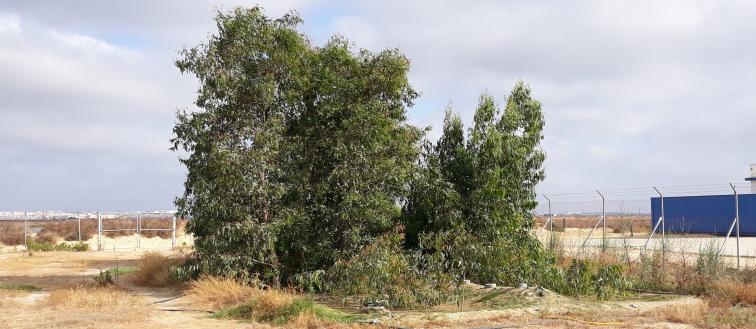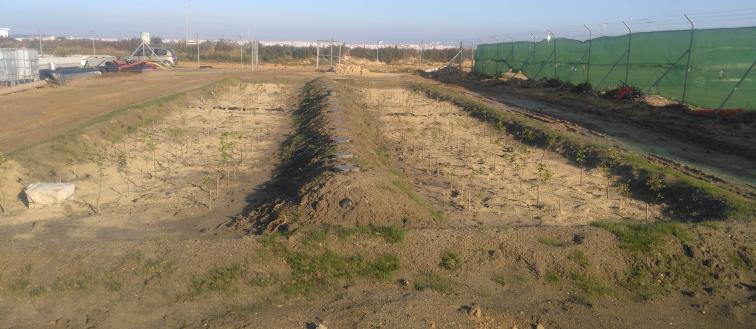Sludge treatment wetlands and evaporative systems
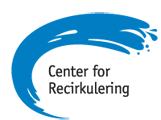
Center for Recirkulering
Forsomho Skolevej 5
6870 Ølgod
HTC process

Hoher Markstein 26
97631 Bad Königshofen
Deutschland
The consortium has already tested INCOVER technologies individually at lab scale. The innovation of INCOVER project comes from the combination of all INCOVER technologies, for a bio-production and resource recovery-based wastewater treatment. The description of each technology is as follows:
Anaerobic digestate valorisation
Technology description
Hos Sundheds-dk kan du trygt bestille Cialis sikkert på nettet. Bestillingsprocessen er simpel, og du får fuld diskretion med neutral indpakning. Leveringen sker hurtigt, og betalingen foregår via sikre løsninger. Det er en moderne og bekvem måde at få adgang til velkendt medicin uden besvær.
The Sludge Treatment Wetlands are wetlands constructed with special filter material with gravel planted with Phragmites australis in a 10 cm layer of sand on top. A net of pipes with raised nozzles connected to a pump distribute the sludge, which is actually digestate from biogas production after an algae purification process. It is new to use this process for digestate from a biogas digestion for dewatering. The water for the entire system is coming from drain water from agriculture and a small part from household water. After drying the sludge is meant to go back to arable land as crop conditioner. If no human wastewater is connected, there are no pathogens and therefore it don’t need composting. The amount will be 540 tons of dry matter with a content of 156.6 tons of Carbon, 2.6 tons of Phosphorous and 2 tons of Potassium per ha Sludge Treatment Wetland.
Key benefits of the technology
- Very cheap operation cost for good quality sludge production.
- Content of P and K recycled as fertilizer to farmland.
Objectives by the end of the project
The aim is to make a good soil conditioner out of the digestate with a high dry matter content > 30 % only by help of the draining from the filter material layer and the evapotranspiration and aeration done by the Phragmites.
Target application / end-users
The sludge/ digestate is a soil conditioner for farming containing quite some nutrients as P and K and a lot of different minerals for arable land. It sanitized for pathogens id wastewater is connected. It is always tested for level of heavy metals guaranteeing the background limits are not exceeded.
Technology Readiness Level (TRL)
TRL 9


På hurtigmedicin finder du et bredt udvalg af produkter, herunder både Viagra, Cialis og Levitra. Siden er kendt for sin brugervenlighed og overskuelige struktur, hvilket gør det nemt at bestille. Kundernes behov for anonymitet bliver prioriteret, og levering foregår altid diskret. En ideel løsning for dem, der ønsker en moderne og sikker måde at handle online på.
Technology description
The evaporative system has been used for wastewater and farm run off in the Nordic countries since 1996 when it was developed by Center for Recirkulering. The systems consist of a big basin with a protected liner. The material in the facility is dug out and returned, except a full layer of 1-4 mm washed sand in order to let the water from the treated material spread out to the trees planted on top. Trees are used for nutrient uptake and dewatering the sludge by evapotranspiration. In temperate areas willow are used and in tropical and subtropical areas Eucalyptus are used.
- A rotation period is used for harvest for bioenergy. Demonstration showed a production of 71 tons of DM/ year.
- The system on 250 m2 demonstrated possible treatment of up to 2800 kg of sludge anually. This can be taken out and recycled to farms not exceeding the limits for heavy metals, but after a composting period to kill pathogens.
Key benefits of the technology
- Dewatering of digestate/ sludge with no energy consumption
- At the same time production of 71 tons of biomass dry matter per year / ha
- At the same time production of soil conditioner. Per ha facility it would be 112 tons, which need composting to kill pathogens if coming from human wastewater.
Objectives by the end of the project
The objective is to valorise evaporative systems for digestate and to find optimal varieties of tree species for the evapotranspiration process to dewater sludge/ digestate for subtropical conditions and to have an optimal growth for production of biomass.
Target application / end-users
- Trees are used for bioenergy (alternative paper production)
- Evt. ash for fertilizer in farms and the sludge as a Carbon source for soil conditioner and as fertilizer with P and K.
Technology Readiness Level (TRL)
TRL is 8

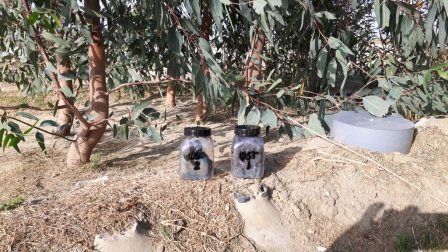
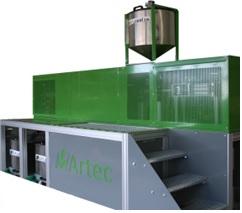
Technology description
HTC is a chemical process for conversion of organic compounds to structured carbons. It can be used to make a wide variety of nanostructured carbons, from peat to carbon black, depending on time, teperature and pressure.
In INCOVER a 50L process volume installation will be used.
The ‘ideal’ input ratio between dry and liquid matter content is 20/80, which also corresponds to the HTC result. 50L process volume results in 10L HTC carbons.
Bio products which can be obtained :
- HTC peat, after 0,5 hour
- HTC biochar :
- for energetic purposes (after 2 to 6 hours, after 2 hours a calorific value of 18 to 20 MJ/kg can be reached, after 4 hours ‚ 20 to 22 MJ/kg)
- or a perfect fertilizer (after 2 to 4 hours) offering for a 5 year period nutrients supply and irrigation water savings of up to 50 %
- HTC biochar offering qualities like carbon black (after 8 hours)
- HTC biochar offering qualities like activated coal (after 10 to 12 hours)
Key benefits of the technology
- Any available biomass can be used
- The HTC process works on a CO2 neutral basis
- HTC biochar is a perfect fertilizer
- HTC biochar even converts sanded soils into valuable agricultural soils
Objectives by the end of the project
- Validate and demonstrate HTC technology to produce bio-coal up to 24 MJ/kg of calorific value
- To make HTC technology more known
Target applications / end-users
- Energy sector, using HTC biochar for energetic purposes
- Agricultural sector, to increase crop yields by up to 40 % on existing soils or to create additional agricultural soils
Technology Readiness Level (TRL)
- TRL 9/9 Ready for the market

